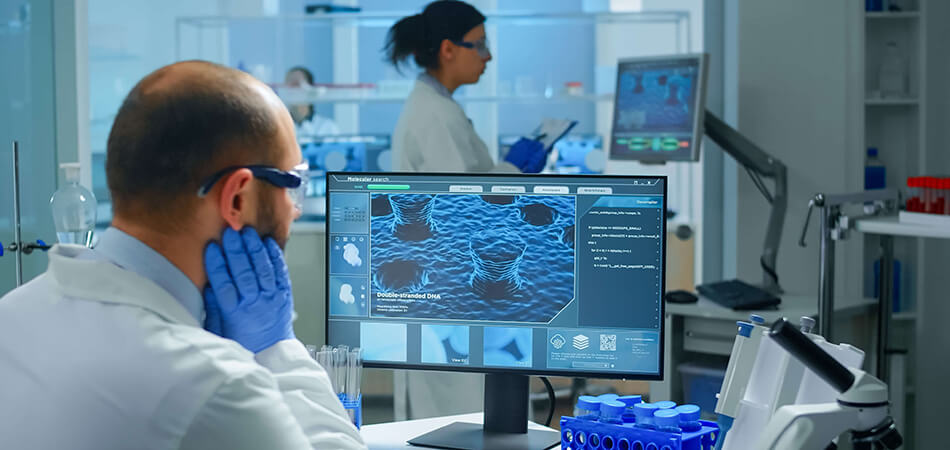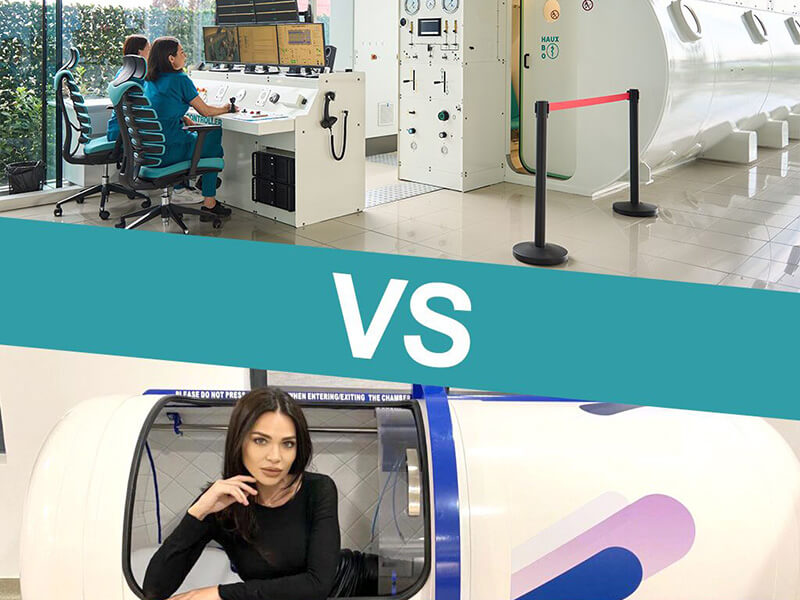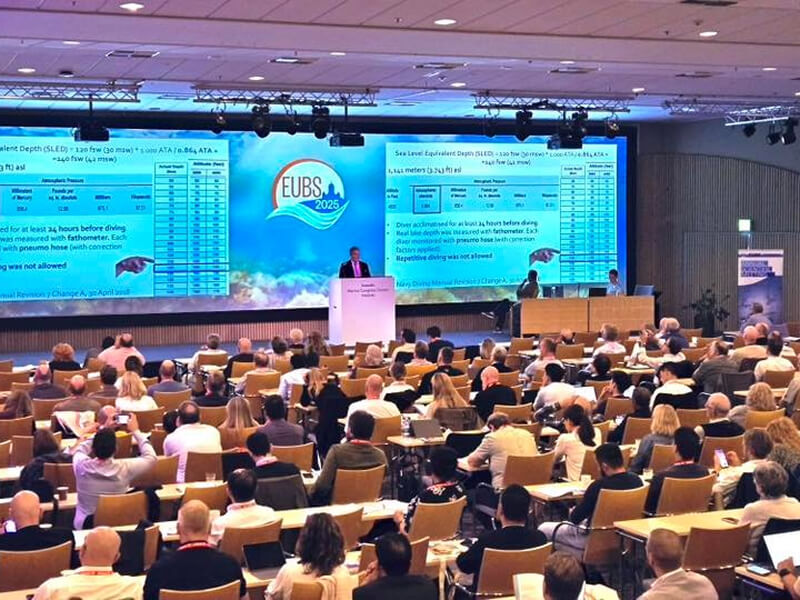
Article reviewed by: Dr. Sturz Ciprian, Dr. Tîlvescu Cătălin and Dr. Alina Vasile
Hyperbaric Therapy in Regenerative Medicine
Imagine a future where chronic injuries, degenerative diseases and even the effects of aging are no longer considered final sentences, but temporary challenges that can be overcome with the help of medical innovation.
Regenerative medicine is a booming field that has captured the attention of the medical and scientific world because of its potential to revolutionize the treatment of conditions and injuries that, in the past, could not be treated effectively. This emerging branch of medicine aims to regenerate tissues and organs affected by disease, injury or aging, by stimulating the body's natural healing processes.
Regenerative Medicine Therapies
Regenerative medicine therapies are based on the use of stem cells, growth factors, biomaterials and other advanced technologies to stimulate the natural processes of regeneration and repair of tissues and organs affected by various conditions. These include:
- Cell Therapy: The use of stem cells to repair and regenerate damaged tissues, such as in the case of spinal cord injuries or neurological diseases.
- Gene Therapy: The use of genetic technologies to correct genetic defects and treat hereditary conditions by introducing healthy genes or inhibiting dysfunctional genes.
- Tissue Engineering: The use of biomaterials and bioprinting techniques to create artificial tissues and organs that can be implanted into the human body to replace or repair damaged tissues.
The Role of Hyperbaric Therapy in Regenerative Medicine
Within regenerative medicine, hyperbaric therapy has become increasingly relevant due to its ability to stimulate healing and regeneration processes of the tissues. Hyperbaric therapy involves exposing patients to oxygen at pressures greater than normal atmospheric pressure, resulting in increased levels of oxygen in the body's tissues.
Recent studies have shown that hyperbaric therapy can have multiple benefits in the field of regenerative medicine, including:
- Increased vascularization: Hyperbaric therapy can stimulate the formation of new blood vessels and increase blood flow to affected areas, which facilitates tissue regeneration.
- Inflammation reduction: Hyperbaric therapy can reduce inflammation in tissues, creating an environment conducive to healing and regeneration.
- Supporting wound healing: Hyperbaric therapy can accelerate wound healing, including chronic or hard-to-heal injuries.
- Improving cellular function: Hyperbaric therapy can support cellular function and stimulate stem cell proliferation and differentiation.
In conclusion, regenerative medicine therapies open new perspectives in the treatment of conditions and injuries that could not be effectively treated before.
By combining regenerative therapies with hyperbaric therapy, maximum potential can be achieved in stimulating the natural healing and regeneration processes of the human body, the benefits of hyperbaric therapy being essential in stimulating angiogenesis, reducing inflammation, antioxidant protection and managing cellular senescence.
The synergistic effects of these two therapies, as well as ongoing research in the field, bring hope for a better quality of life and faster recovery for millions of people around the world.




